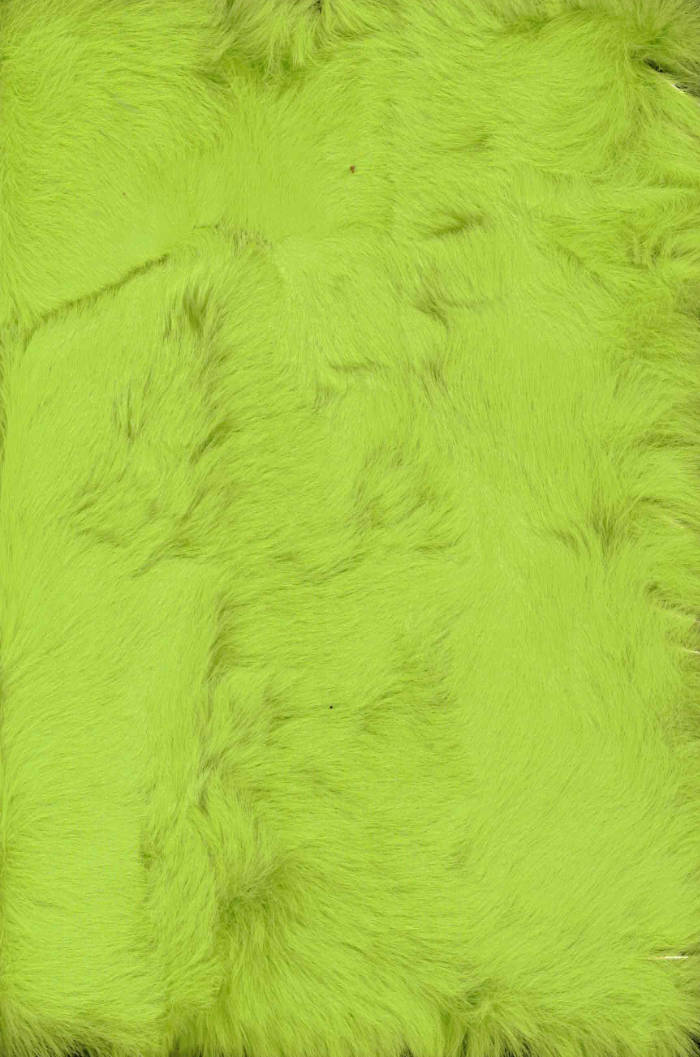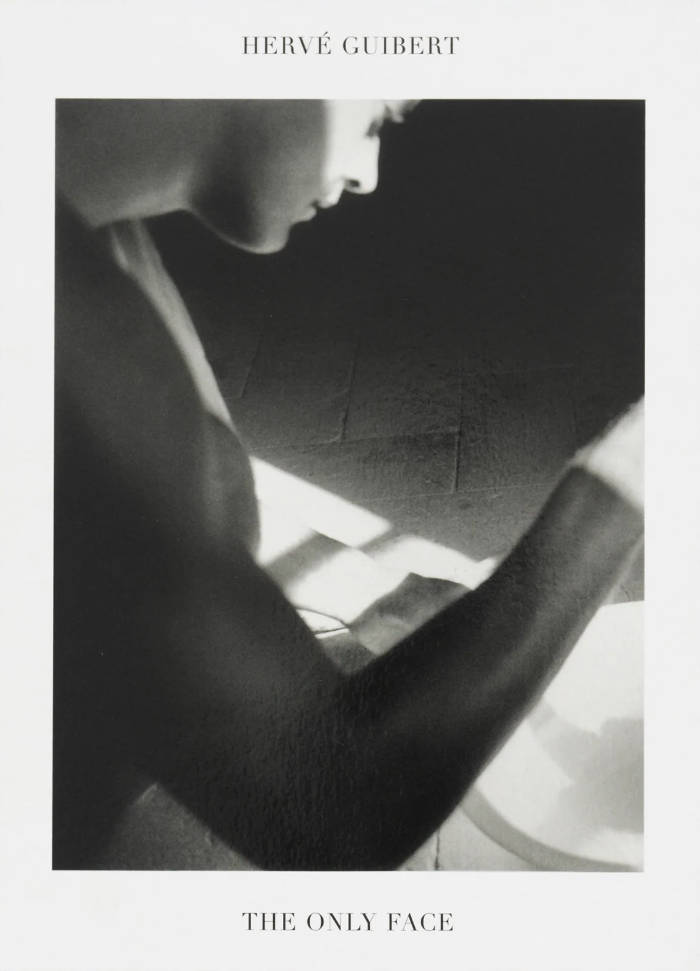
“1 2 3 2 1”
“1 2 3 2 1” is a 304-page photo novel by Yao Yuan, that juxtaposes images created during and after Nagakura Nami’s pregnancy and the birth of her child, across 2017-2019. In parallel with images of Yuan’s personal life and journeys between Japan and China, “1 2 3 2 1” contemplates ancient allegories and worldings within the contemporary condition through a queer intimate vision.
The book portrays multitudes of cinematic cityscapes and natural sceneries, vigorous colors and mundane daily moments, containing the coexistence of rough emotions and banal transience. It ponders on an array of subjects such as time, memories, gender, borders, identity, spirituality, nature, healing, care, reality and mystery.
Yao Yuan (1988, CN) is a non-binary artist born in Sichuan, China. With their camera they engage with bodies, spaces and rituals to reflect on the fabric of identity. Their photographic work expresses an intrinsic curiosity for intersectionality and spirituality. Their investigations explore the power of storytelling and dramaturgy, to rethink the binary framework of dominant norms, particularly those that relate to gender and sexuality. The focus of Yuan’s work touches upon topics of non-normative narratives surrounding motherhood, nature, queer intimacy and representation.
Language: English







